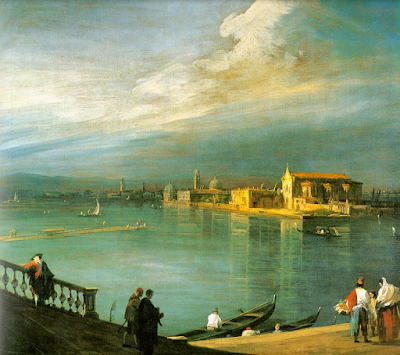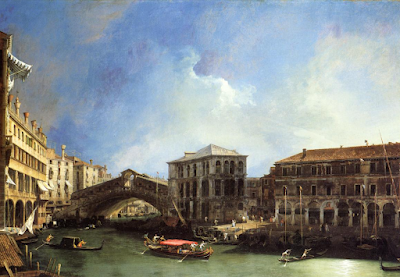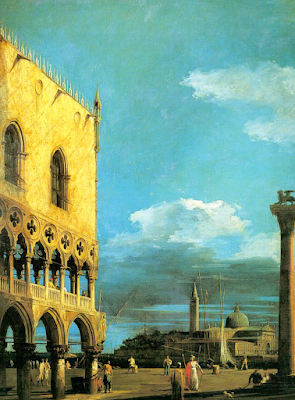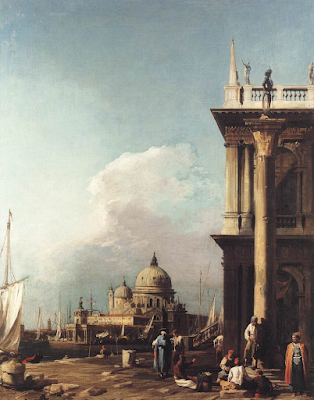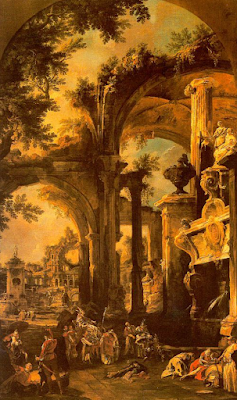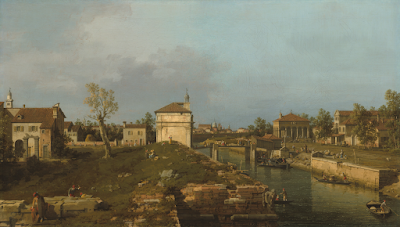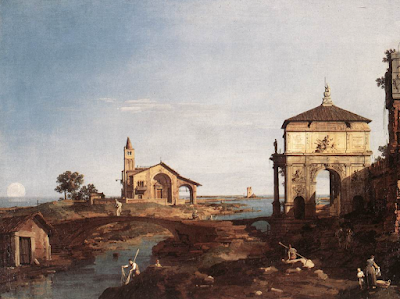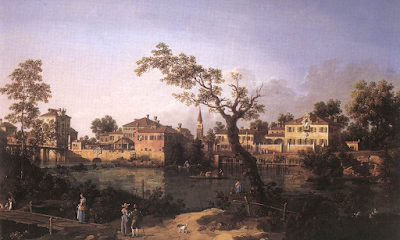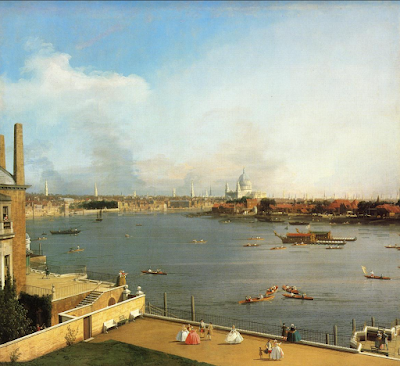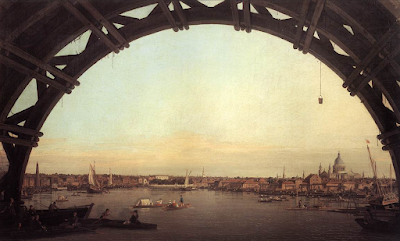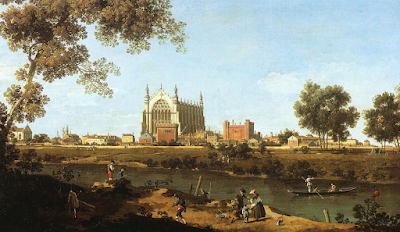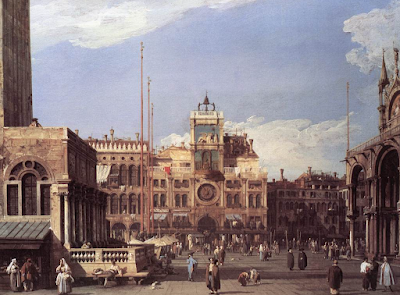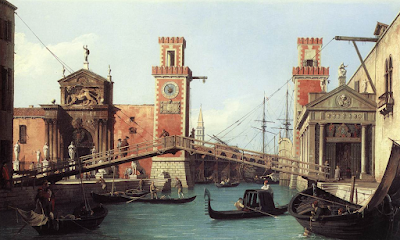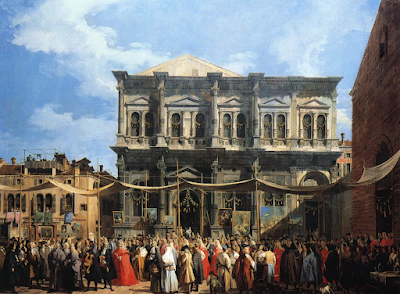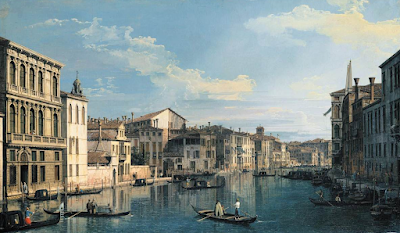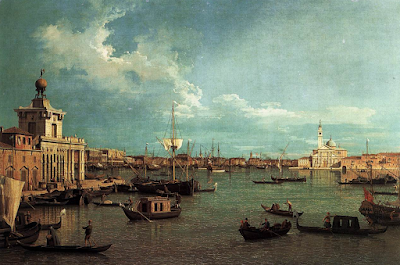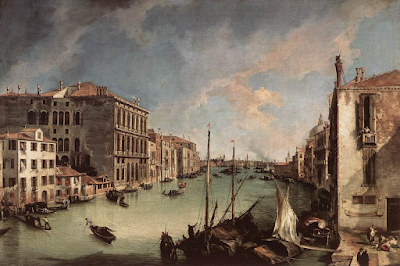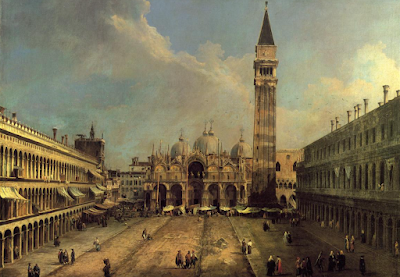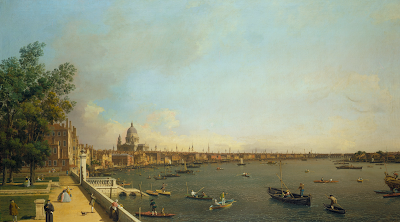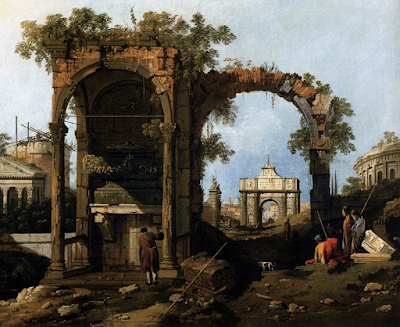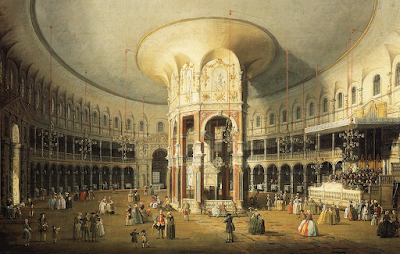Canaletto: A Venetian Maestro of Cityscapes
Giovanni Antonio Canal, famously known as Canaletto, stands as an eminent figure in the realm of art, particularly renowned for his captivating cityscapes and vedute, which provide a vivid glimpse into the enchanting vistas of Venice, Rome, and London. With a life spanning from October 18, 1697, to April 19, 1768, Canaletto left an indelible mark on the 18th-century Venetian school of painting, establishing himself as a master of his craft.
Early Influences and Artistic Roots
Born to the painter Bernardo Canal and Artemisia Barbieri, Canaletto's journey into the world of art commenced under the guidance of his father and brother, both adept theatrical scene painters. He honed his skills through an apprenticeship, which laid the foundation for his illustrious career.
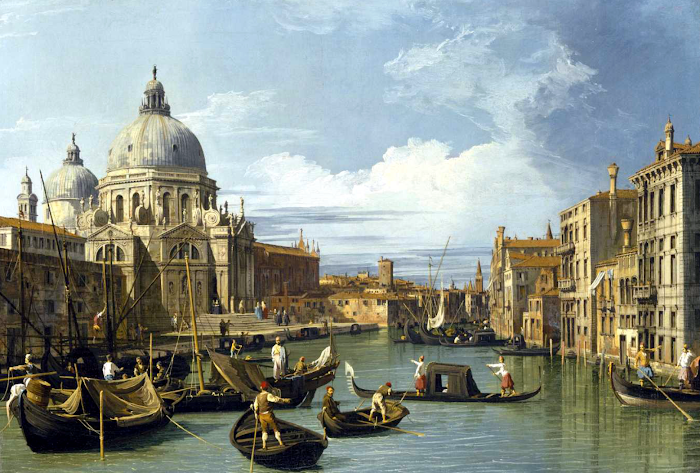
Educational Pursuits
Canaletto's thirst for artistic knowledge led him to Rome in 1718, where he collaborated with his father on producing scenery for operas, acquainting himself with the works of renowned artists like Giovanni Paolo Pannini.
Evolution of Style
Inspired by the bustling life of Rome, Canaletto transitioned from theatrical paintings to topographical renditions, capturing the essence of everyday scenes with remarkable precision and attention to detail.
Mastery of Technique
Canaletto's distinctive style involved painting "from nature," deviating from the conventional studio-bound approach. His adept use of perspective and atmospheric effects lent a sense of realism and depth to his compositions.
Venetian Splendour
Canaletto's early works, such as "The Stonemason's Yard," exemplify his ability to infuse mundane settings with a sense of grandeur, earning accolades for their unparalleled craftsmanship.
London Sojourn
The years between 1746 and 1756 saw Canaletto's prolific phase in England, where he garnered immense popularity for his depictions of London landmarks and architectural marvels.
Patronage and Recognition
Canaletto's talent found patronage in prominent figures like Joseph "Consul" Smith, whose patronage facilitated the artist's success and secured his legacy in the annals of art history.
Commercial Ventures
Canaletto's strategic shift to producing smaller topographical views of Venice catered to the burgeoning tourist market, aligning with the commercial demands of the era.
Legacy and Influence
Canaletto's legacy extends beyond his artistic prowess, as his works continue to inspire generations of artists and enthusiasts, offering a timeless portrayal of urban landscapes and architectural splendours.
Return to Venice
Canaletto's legacy extends beyond his artistic prowess, as his works continue to inspire generations of artists and enthusiasts, offering a timeless portrayal of urban landscapes and architectural splendours.

Canaletto's Canvas
A Journey Through the Master's 35 Artworks
Frequently Asked Questions
☛ What were Canaletto's primary subjects of painting?
Canaletto was renowned for his cityscapes or vedute, particularly focusing on the picturesque vistas of Venice, Rome, and London.
☛ Did Canaletto receive formal artistic training?
Canaletto apprenticed under his father and brother, both of whom were skilled theatrical scene painters, before further refining his craft through collaborations and independent endeavours.
☛ What distinguishes Canaletto's style from other artists of his time?
Canaletto's meticulous attention to detail, precise perspective, and adept use of atmospheric effects set him apart, lending a sense of realism and depth to his compositions.
☛ How did Canaletto's London sojourn influence his artistic repertoire?
Canaletto's time in England broadened his artistic horizons, inspiring him to depict London's landmarks and architectural marvels with the same finesse and precision as his Venetian works.
☛ Who were some notable patrons of Canaletto?
Joseph "Consul" Smith, an influential British merchant and connoisseur, played a pivotal role in supporting Canaletto's career and facilitating his success, along with other discerning patrons.
☛ What led to Canaletto's decision to move to England?
Disruptions caused by the War of the Austrian Succession and a decline in British visitors to Venice prompted Canaletto to seek new opportunities in England, where his talent found appreciation.
☛ How did Canaletto cater to the commercial demands of his time?
Canaletto strategically produced smaller topographical views of Venice, aligning with the burgeoning tourist market and catering to the preferences of foreign visitors.
☛ What characterized Canaletto's early works?
Canaletto's early works, such as "The Stonemason's Yard," epitomized his ability to elevate humble settings into grandiose compositions, showcasing his unparalleled craftsmanship.
☛ What is Canaletto's enduring legacy in the art world?
Canaletto's legacy extends far beyond his lifetime, as his masterful renditions of urban landscapes continue to captivate audiences and serve as a source of inspiration for artists worldwide.
☛ How did Canaletto's artistic philosophy evolve over time?
Canaletto's artistic philosophy evolved in tandem with his experiences, blending meticulous observation with creative interpretation to capture the essence of urban life and architectural splendours.
Conclusion
In the realm of art history, Canaletto's name resonates as a master of cityscapes, whose brushstrokes immortalized the splendour of Venice, Rome, and London. Through his meticulous attention to detail and innate ability to infuse life into his compositions, Canaletto transcended boundaries, leaving behind a legacy that continues to inspire and enthral art enthusiasts worldwide.
Explore more Italian Artist
Courtesy, Credits and Thanks
Explore more about Artist Canaletto
en.wikipedia.org: Explore Canaletto's life and artistic journey in this comprehensive Wikipedia page, delving into the Italian artist's legacy.
www.nationalgallery.org.uk: Immerse yourself in Canaletto's masterpieces at the National Gallery, where his iconic cityscapes come to life in vibrant detail.
